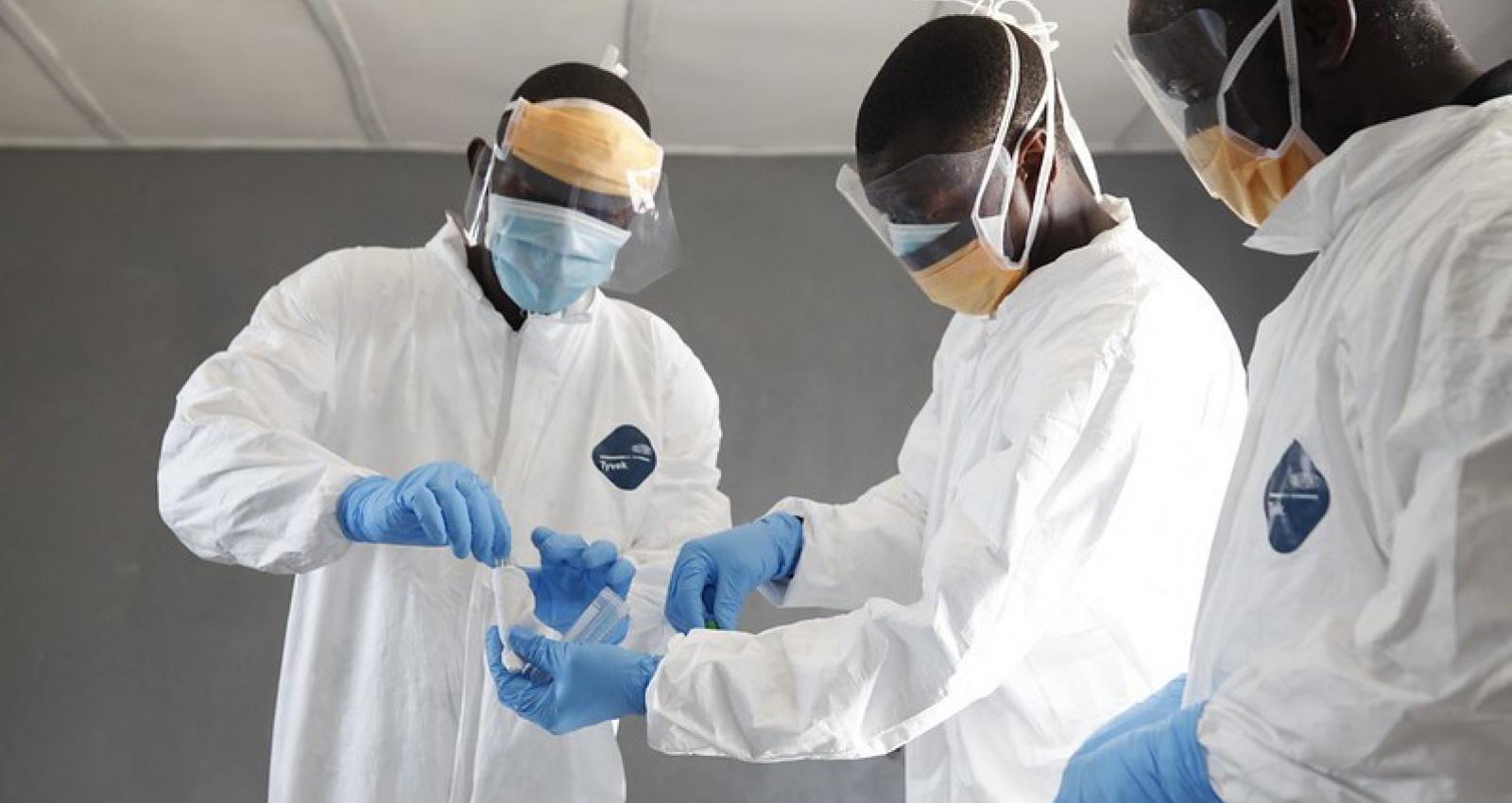The aftermath of the COVID-19 pandemic continues to pose significant challenges to public health systems worldwide, particularly in vulnerable communities. The Global Preparedness Monitoring Board’s report, “The Changing Face of Pandemic Risk: Adapt – Protect – Connect,” emphasizes the need for a comprehensive approach to enhance resilience against future health crises. This strategy focuses on adapting to evolving risks, protecting communities, and strengthening cross-sector connections.
A critical aspect of this approach is the adaptation of pandemic plans to reflect changing risks, such as increased travel, urbanization, and climate change. These factors facilitate the emergence of new pathogens and exacerbate existing health threats. For instance, the Horn of Africa has experienced recurring periods of drought and flooding, leading to food insecurity and outbreaks of diseases like cholera and malaria. Organizations like International Health Partners (IHP) have been actively involved in providing essential medical supplies to affected regions, reaching over 5 million patients in Kenya, Somalia, and Ethiopia since 2022.
Protecting vulnerable populations involves reinforcing public health systems, enhancing primary care, and expanding social protections. The Organisation for Economic Co-operation and Development (OECD) highlights that health systems were underprepared, understaffed, and underinvested prior to the pandemic. Addressing these vulnerabilities is crucial for building resilience. The OECD recommends an annual targeted investment of 1.4% of GDP across member countries to strengthen health systems, with a significant portion allocated to the health workforce.
Strengthening cross-sector connections is essential for effective pandemic preparedness. The World Health Organization (WHO) underscores the importance of international collaboration in managing health emergencies. This includes sharing knowledge, resources, and insights to enhance surveillance systems, ensure early detection, and facilitate rapid responses to emerging threats. For example, WHO’s support to countries like Cambodia, Vietnam, and Ghana in implementing community engagement strategies has empowered local populations to effectively manage health emergencies and mitigate the impact of future influenza pandemics.
In the United States, the public health system faces significant challenges due to substantial funding cuts and job losses. The withdrawal of $11 billion in federal support and the elimination of 20,000 positions have severely weakened essential services such as vaccination programs, disease surveillance, and outbreak response. Local health departments, including those in Charlotte and Columbus, have experienced workforce reductions, hampering efforts to combat resurging diseases like measles and whooping cough. Experts warn that these cuts undermine preparedness and prevention efforts, risking lives and potentially leading to the return of preventable diseases.
The mental health impact of the pandemic remains a pressing concern. Studies indicate that anxiety disorders have increased by 28%, and depression rates have climbed 34% among adults aged 18-45. Healthcare workers are also facing significant challenges, with 42% of frontline medical professionals suffering from burnout and post-traumatic stress five years after the crisis. Addressing these mental health needs is crucial for the overall resilience of health systems.
In summary, the aftermath of the COVID-19 pandemic has exposed and intensified existing vulnerabilities in public health systems, particularly in vulnerable communities. A multifaceted approach that adapts to evolving risks, protects at-risk populations, and strengthens cross-sector connections is essential for building resilience against future health crises.











Leave a comment